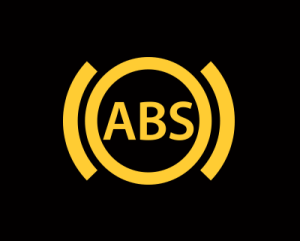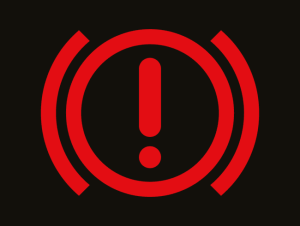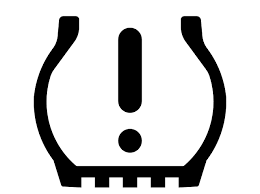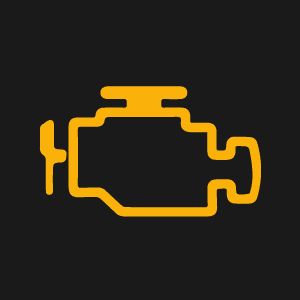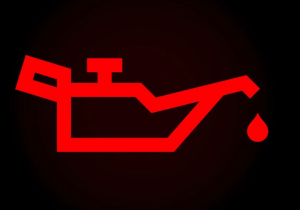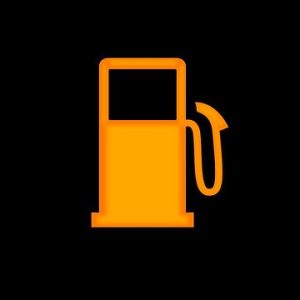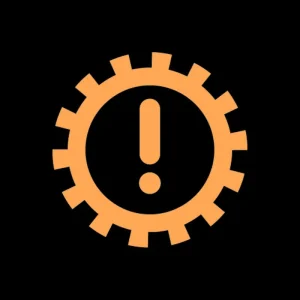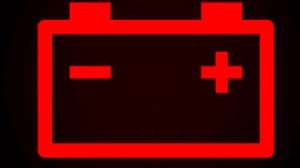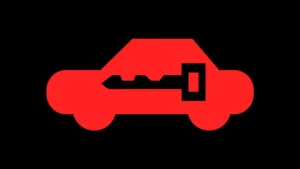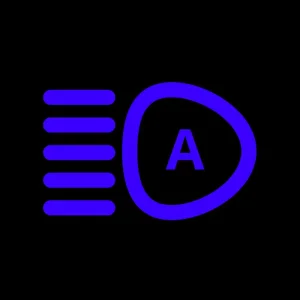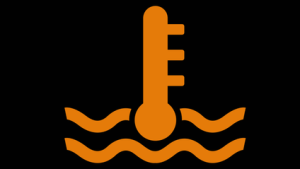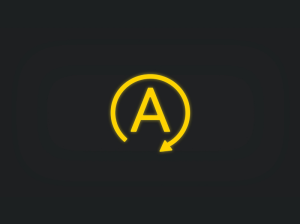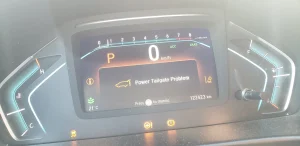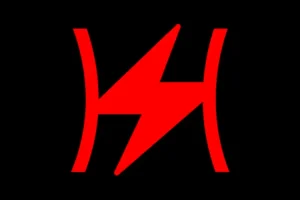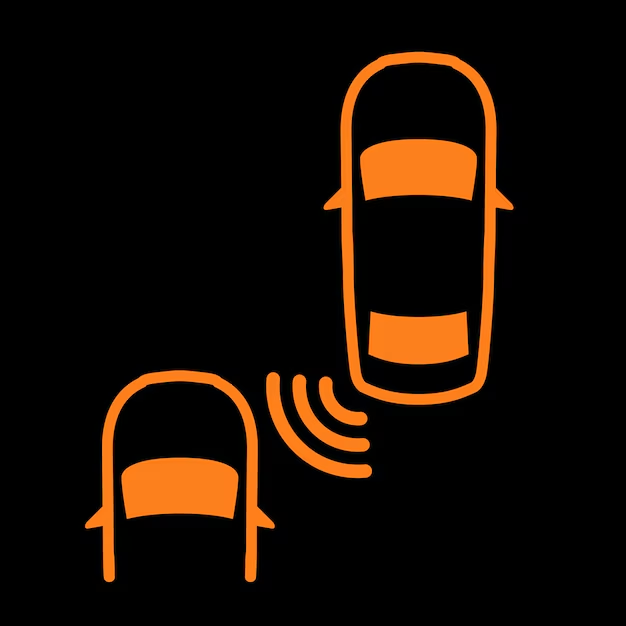As you slide behind the wheel of your Ford Mustang, the dashboard lights up like a constellation of stars, guiding you through the driving experience. But when one of those lights flashes, it’s like a red flag waving in the corner of your eye, signaling that something’s amiss.
What does it mean when the check engine light comes on, or the airbag warning light illuminates? Is it a minor issue or a major problem?
You’ll want to know the answer to avoid being stranded on the side of the road or, worse, involved in an accident.
Quick Navigation
Safety and Security Alerts
When you’re behind the wheel of your Ford Mustang, staying aware of potential safety and security issues is crucial to preventing accidents and guaranteeing a smooth drive.
Your vehicle is equipped with emergency alarms and warning lights to alert you of potential road hazards.
Airbag Warning Light
The airbag warning light, for instance, illuminates in red to indicate a fault with the airbag system, while the ABS warning light remains on after engine start to signal a fault with the Anti-lock Braking System.
ABS Warning Light
The ABS warning light remains on after engine start to signal a fault with the Anti-lock Braking System.
Brake Warning Light
The brake warning light comes on when the handbrake or parking brake is applied, or when there’s a fault with the brake system.
Stay vigilant and address these alerts promptly to avoid accidents and guarantee your safety on the road.
Lighting and Visibility Issues
Your Ford Mustang’s lighting and visibility systems play a vital role in ensuring your safety on the road.
Low Beam Fault Warning Light
To avoid accidents, it’s essential to maintain your headlights and perform regular visibility checks. If your Low Beam Fault Warning Light illuminates, it indicates a fault with the low beam headlight bulb, which requires immediate replacement.
Headlights Symbol
Additionally, the Headlights Symbol on your dashboard indicates the automatic headlights are activated, and can be adjusted in the vehicle setting menu.
Tire Pressure Warning Light
Remember to check your tire pressure regularly, as the Tire Pressure Warning Light will come on if low pressure is detected in one or more tires.
Engine Performance Warnings
Five critical engine performance warning lights on your Ford Mustang’s dashboard demand your attention to prevent damage and guarantee safe operation.
Engine Malfunction Warning Light
You’ll want to act quickly when you see the Engine Malfunction Warning Light, which indicates a problem with the emissions control system.
Oil Pressure Warning Light
The Oil Pressure Warning Light signals a malfunction in the engine lubrication system, requiring immediate action to prevent engine damage.
Fuel Pressure Warning Light
If the Fuel Pressure Warning Light comes on, it may indicate a faulty fuel pump or clogged fuel filter, which can lead to engine knock or even engine failure.
Importance of Prompt Action
Addressing these warnings promptly guarantees your Mustang runs smoothly and efficiently, and ensures you’re taking the necessary steps to safeguard its reliability and performance.
Powertrain and Battery Alerts
Powertrain and battery alerts on your Ford Mustang’s dashboard serve as critical indicators of potential problems that require prompt attention to prevent damage and guarantee smooth operation.
Powertrain Warning Light
When you see the Powertrain Warning Light, it indicates a fault with the powertrain, including the engine, transmission, and driveshaft. This could be due to a malfunction in the engine lubrication system, which would also trigger the Oil Pressure Warning Light.
Battery Warning Light
Battery Issues can be detected by the Battery Warning Light, which comes on as a bulb check but stays on while driving, indicating an electrical fault.
Importance of Prompt Action
Failing to address these alerts promptly can lead to costly repairs, so it’s essential to take immediate action when you notice these warnings on your dashboard.
Vehicle Maintenance Reminders
As you address powertrain and battery alerts, it’s just as vital to stay on top of routine vehicle maintenance to prevent issues from arising in the first place.
Oil Schedules
You’ll want to keep a close eye on your oil schedules, ensuring you’re changing your oil at the recommended intervals to prevent engine damage.
Regular Tire Checks
Regular tire checks are also essential, as underinflated tires can lead to reduced fuel efficiency, uneven tire wear, and even tire failure.
Tire Pressure Checks
Additionally, make sure to check your tire pressure regularly, as low pressure can trigger the Tire Pressure Warning Light on your dashboard.
Door and Trunk Status Alerts
One crucial aspect of your Ford Mustang’s dashboard warning lights is the Door and Trunk Status Alerts.
Door Status and Trunk Openness
These alerts keep you informed about the Door Status and Trunk Openness of your vehicle.
Door Ajar/Trunk Open Warning Light
The Door Ajar/Trunk Open Warning Light will illuminate when a door or trunk is open, or when there’s a fault with the door switch.
Importance of the Warning Light
This warning light helps prevent you from driving away with an open door or trunk, which can cause damage or compromise safety.
Onboard Diagnostic Warnings
When your Ford Mustang’s onboard diagnostic system detects an issue, it communicates with you through specific warning lights on the dashboard.
Fault Triggers and Diagnostic Codes
These lights are triggered by fault triggers, which are specific conditions that activate the warning lights. When a fault is detected, the onboard diagnostic system stores a diagnostic code, which can be read using a code reader or scan tool.
Reading Diagnostic Codes
This code provides valuable information about the nature of the fault, allowing you to diagnose and repair the issue efficiently.
Importance of Monitoring Warning Lights
Paying attention to these warning lights and diagnostic codes is vital to maintaining your vehicle’s performance and preventing more severe problems from developing.
Critical System Failures
Your Ford Mustang’s onboard diagnostic system is designed to alert you to potential problems before they become major issues.
Indicating Malfunctions in Crucial Systems
Critical system failures are indicated by warning lights that signal a malfunction in crucial systems, such as the airbag, anti-lock braking, and engine cooling systems.
Display and Importance of Critical Alerts
These critical alerts are typically displayed in red and require immediate attention to prevent further damage or safety risks.
Examples of Critical System Failures
For instance, the airbag warning light illuminates when there’s a fault with the airbag system, while the engine coolant warning light indicates overheating.
Importance of Prompt Action
It’s essential to address these critical system failures promptly to safeguard your safety on the road.
Sensor and Component Faults
Several sensor and component faults can trigger warning lights on your Ford Mustang’s dashboard, indicating issues that require attention to prevent further damage or safety risks.
Seat Occupancy Sensor Fault
For instance, a faulty Seat Occupancy Sensor can trigger the airbag warning light, while a malfunctioning Wheel Speed Sensor can cause the ABS warning light to come on.
Wheel Speed Sensor Fault
Other sensor faults, such as those related to the blind spot monitoring system or tire pressure monitoring system, can also illuminate specific warning lights.
Importance of Prompt Action
When you notice a warning light, it’s essential to consult your owner’s manual or visit a dealership to diagnose and address the underlying issue promptly. Ignoring these warnings can lead to more severe problems or even accidents.
Additional Warning Indicators
Many Ford Mustang dashboard warning lights are triggered by specific system malfunctions or component failures, which are often indicative of a broader issue.
Multiple Causes for Warning Lights
As you familiarize yourself with the various warning symbols and indicator meanings, you’ll notice that some lights have multiple possible causes. For instance, the ABS warning light might come on due to an ABS wheel speed sensor malfunction, while the airbag warning light could be triggered by a faulty seat occupancy sensor.
Additional Warning Indicators
Seatbelt Pretensioner Warning
Illuminates when the crash-activated seatbelt tightening system malfunctions. Protection in collisions may be reduced until repaired by a qualified technician.
Security System Fault Light
Indicates anti-theft system malfunction. The alarm may sound unexpectedly or engine immobilizer may prevent starting – have system diagnosed promptly.
Adaptive Headlight Warning
Shows fault in swiveling headlight system. While standard lighting remains, cornering illumination will be disabled until repaired.
Automatic High Beam Fault
Indicates smart high beam assist system failure. Manual high beam control remains but automatic dimming for oncoming traffic is disabled.
Reduced Engine Power Warning
Signals ECU has limited performance to protect components. Avoid hard acceleration and have vehicle diagnosed immediately for underlying issues.
Coolant Level Sensor Warning
Alerts to low coolant reservoir level. Check for leaks and top up with proper coolant mixture to prevent overheating damage.
Start-Stop System Warning
Shows fault with automatic engine stop/start function. System will remain inactive to prevent battery drain until repaired.
Engine Air Filter Warning
Indicates restricted airflow from dirty filter. Reduced performance and fuel economy until replaced during next service.
Transmission Service Warning
Alerts to required transmission fluid change. Neglecting may lead to shifting issues and costly repairs.
Power Liftgate Warning
Shows malfunction in automatic tailgate system. Manual operation required until hydraulic or electrical faults are repaired.
Throttle Position Sensor Fault
Indicates malfunction in drive-by-wire throttle system. Engine may enter limp mode – avoid heavy acceleration until repaired.
Power Steering Warning
Illuminates when electric power assist fails. Steering will become extremely heavy – pull over safely when possible.
Blind Spot System Fault
Indicates malfunction in blind spot monitoring. The system won’t detect vehicles in adjacent lanes – manual shoulder checks required.
Keyless Entry System Fault
Alerts to issues with smart access system. Keyless entry and push-button start may not function – use physical key if needed.
Driver Alert System Warning
Indicates drowsiness detection system fault. Take regular breaks on long journeys as the alert system may not function.
When looking at Ford, make sure to check out our guides on models like the Ford Ecosport, Ford Explorer, Ford Bronco, and Ford C-Max. Understanding dashboard warning lights is essential. Our expert reviews break down what each light means, highlighting common alerts for these models and what they could signal about underlying issues, so you’re never left guessing behind the wheel.
Importance of Understanding Warning Indicators
Understanding these additional warning indicators will help you identify and address the root cause of the issue, ensuring your safety on the road.


